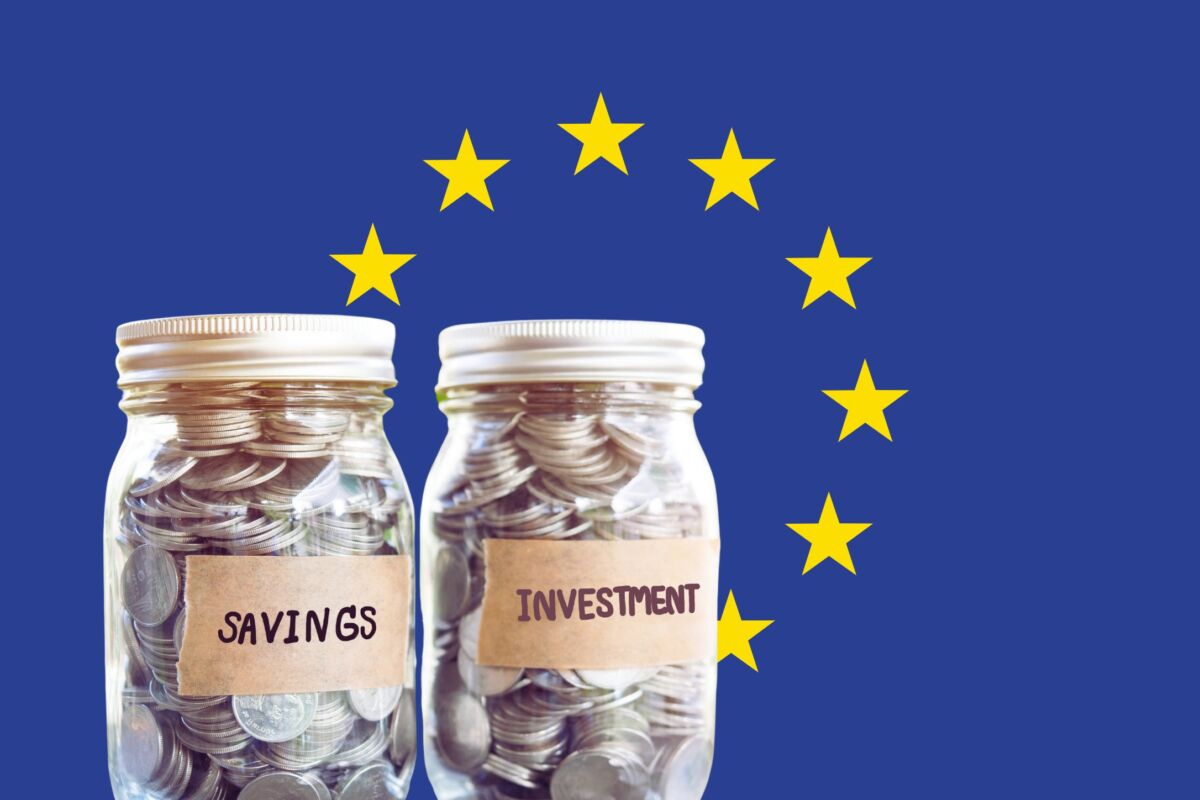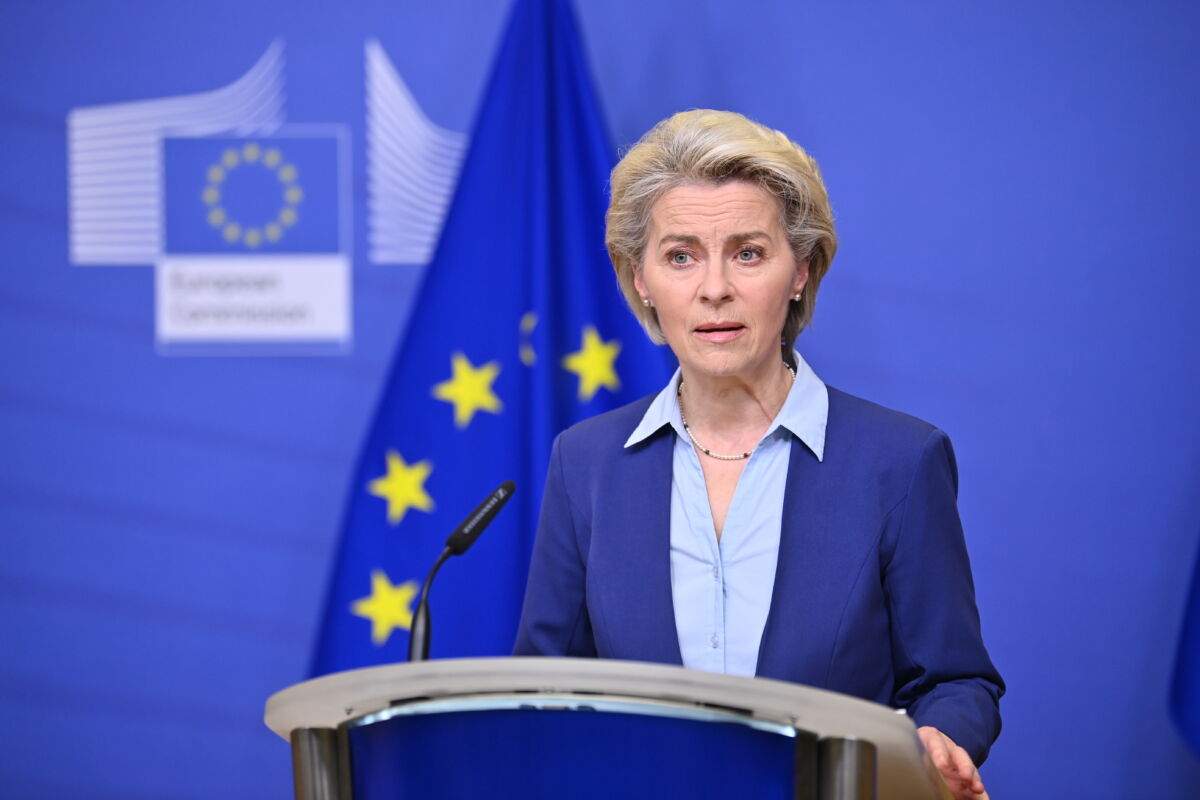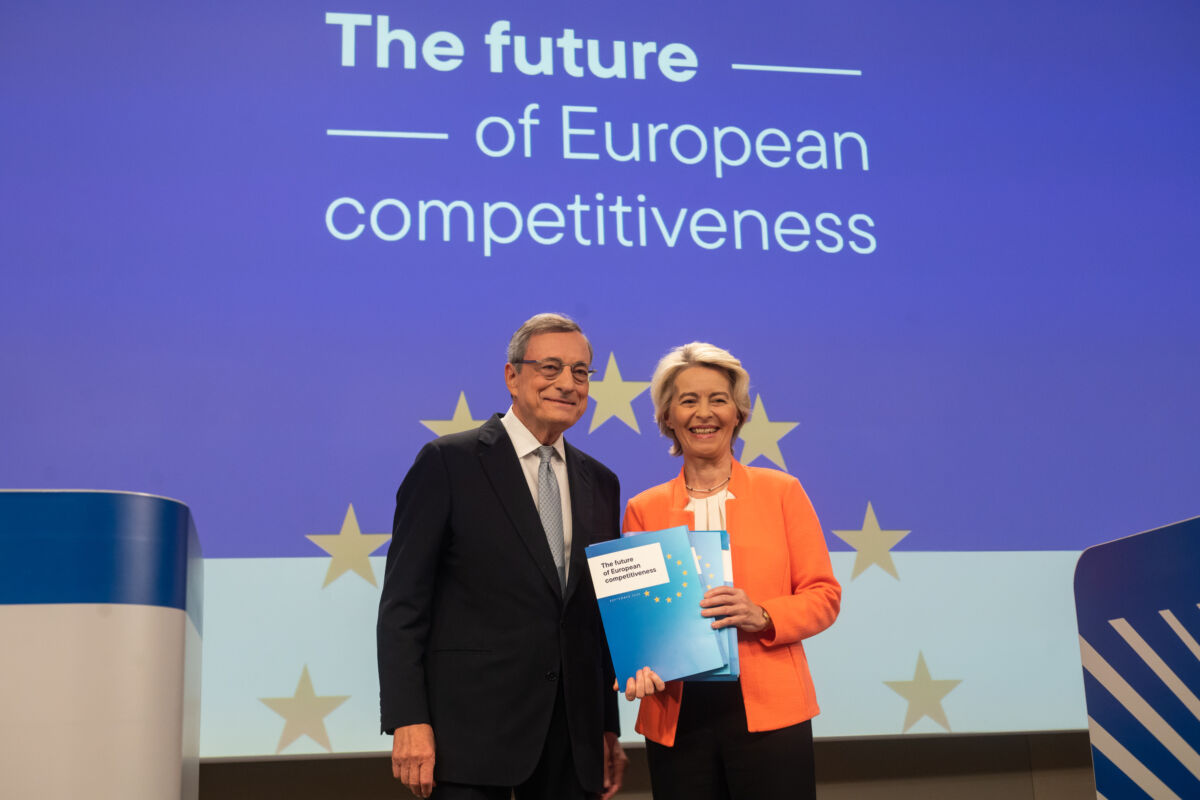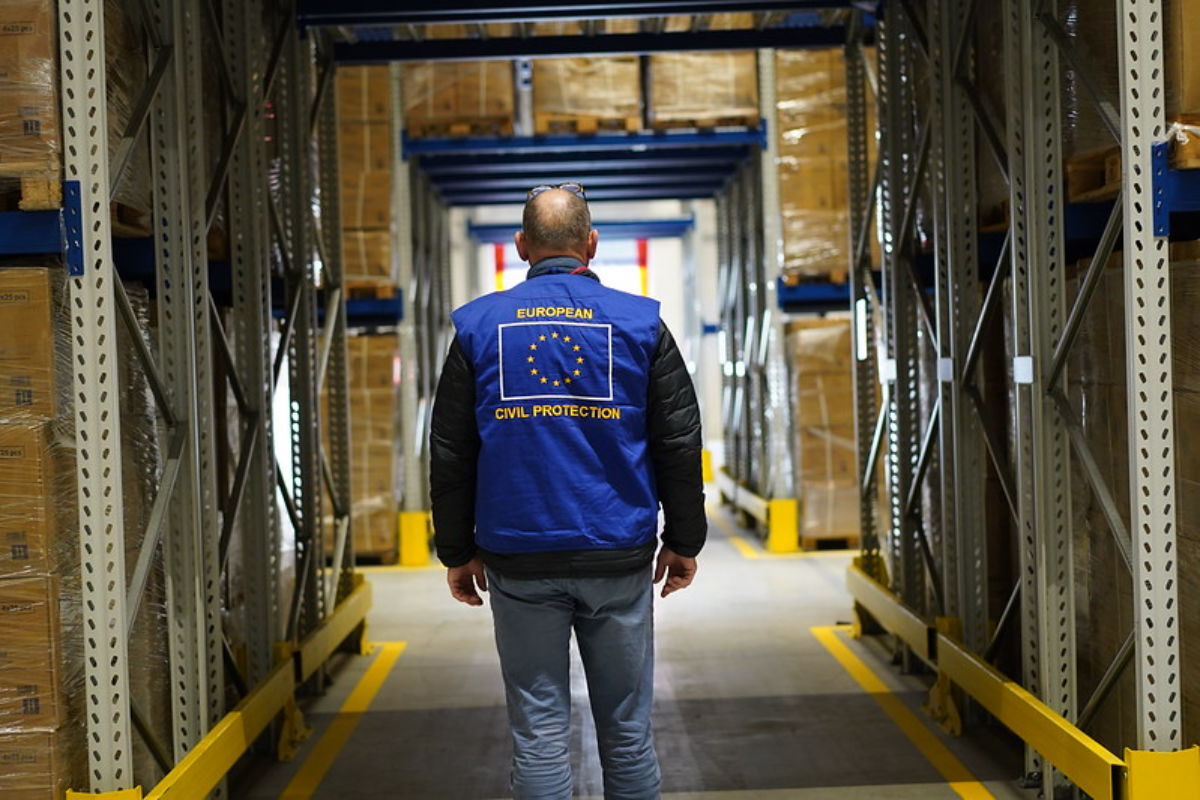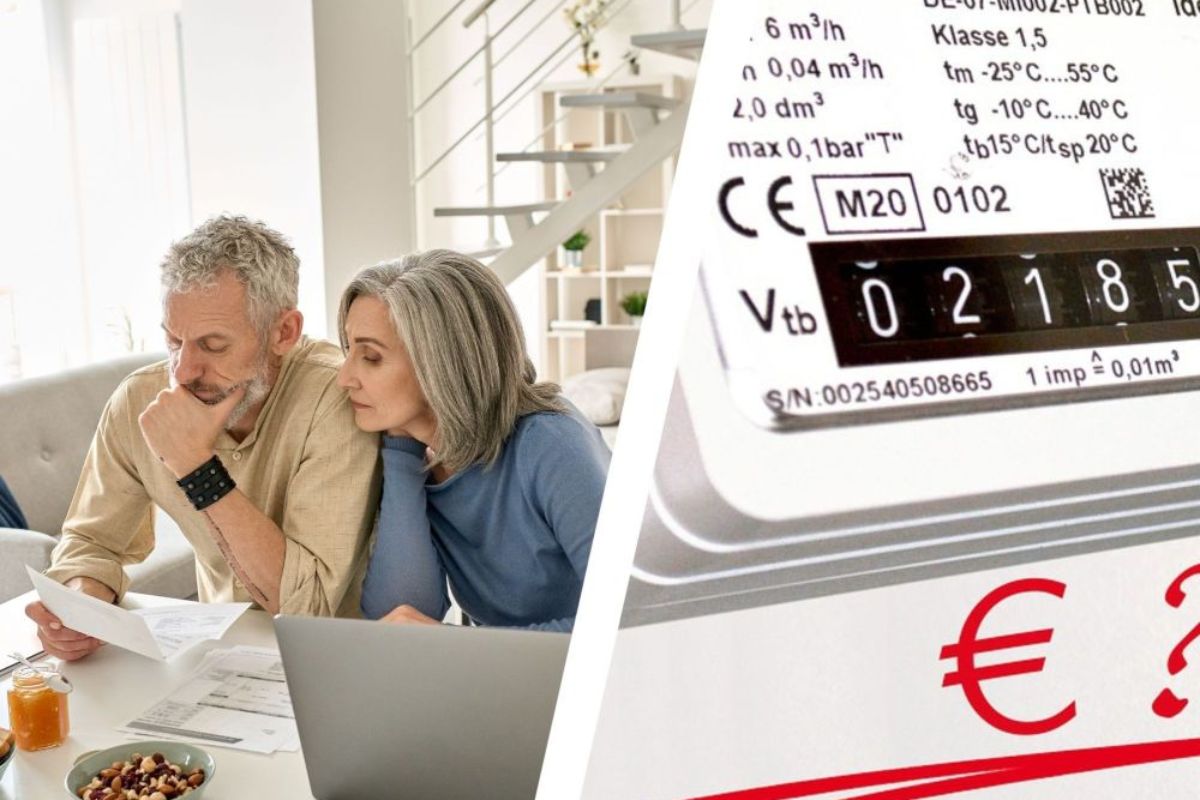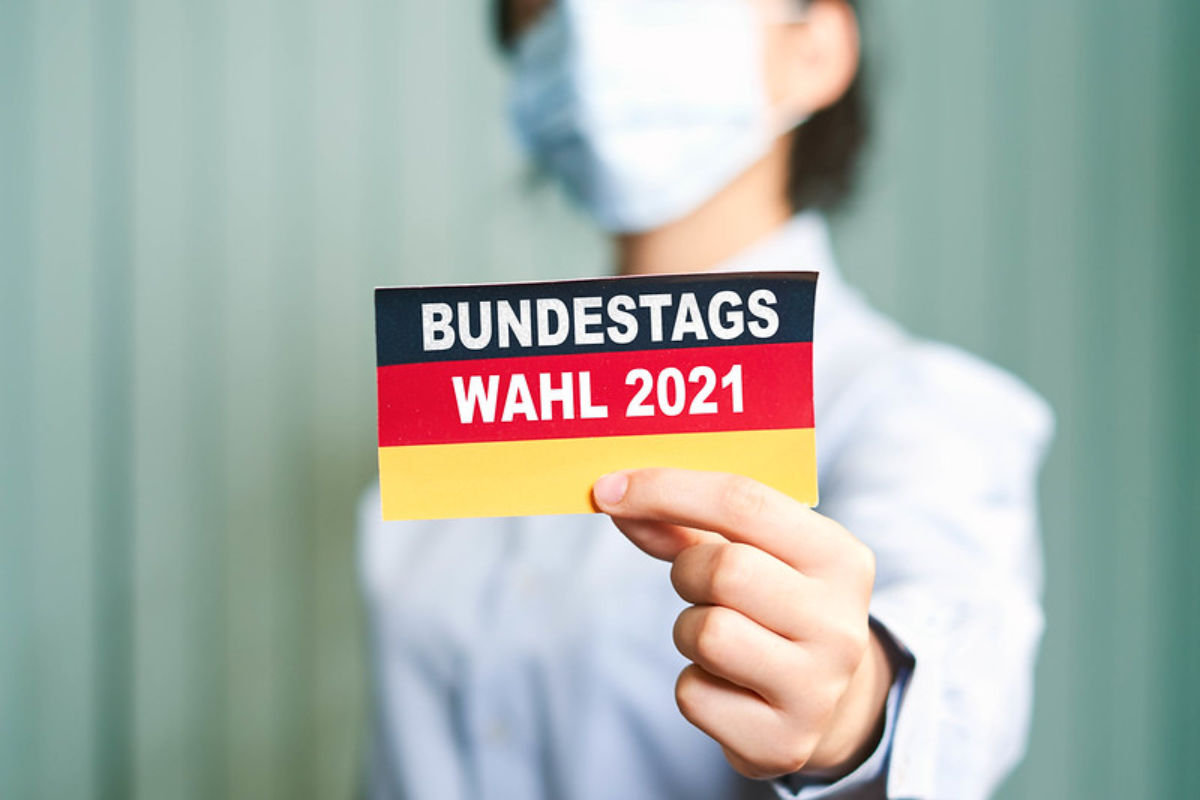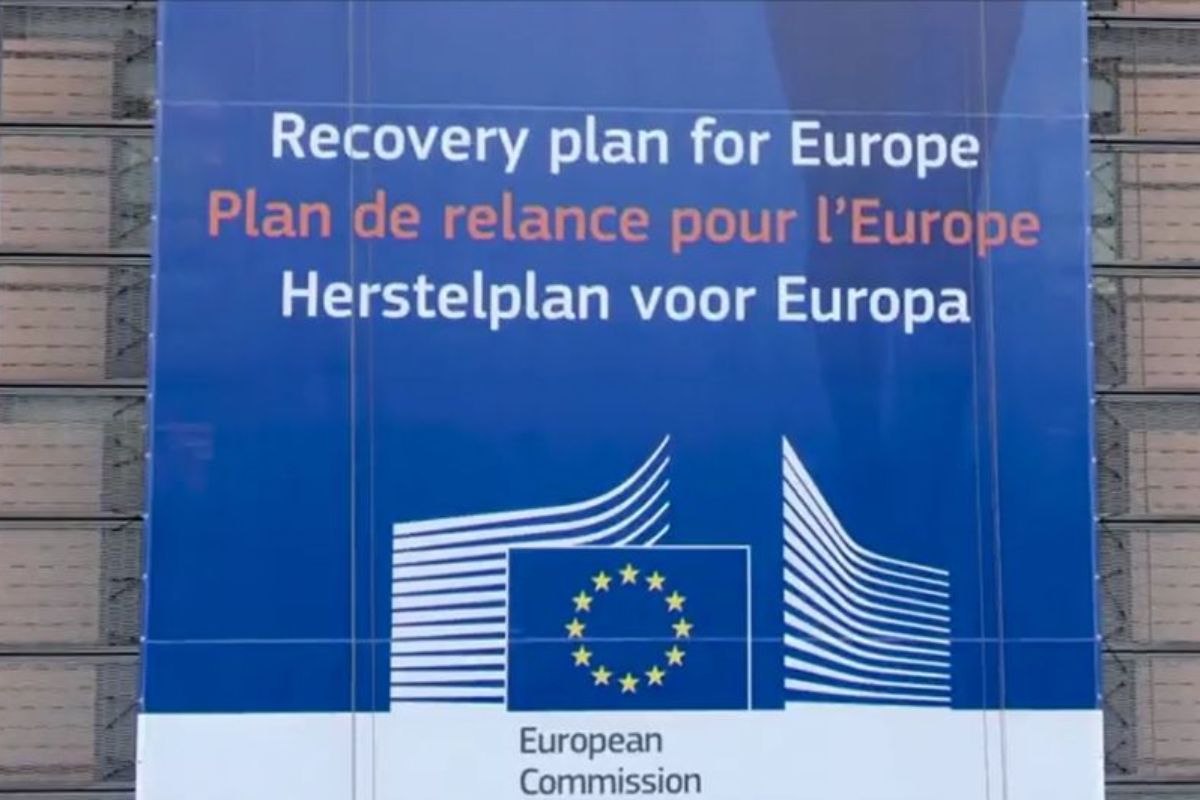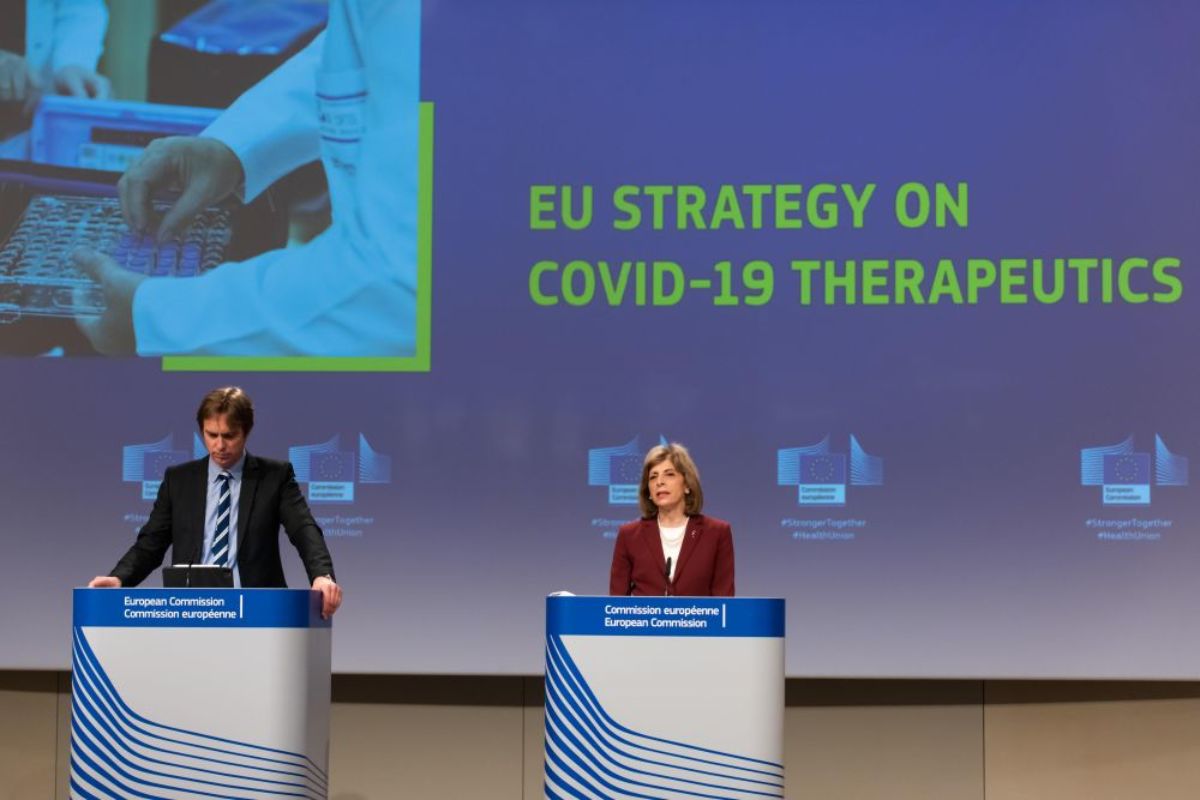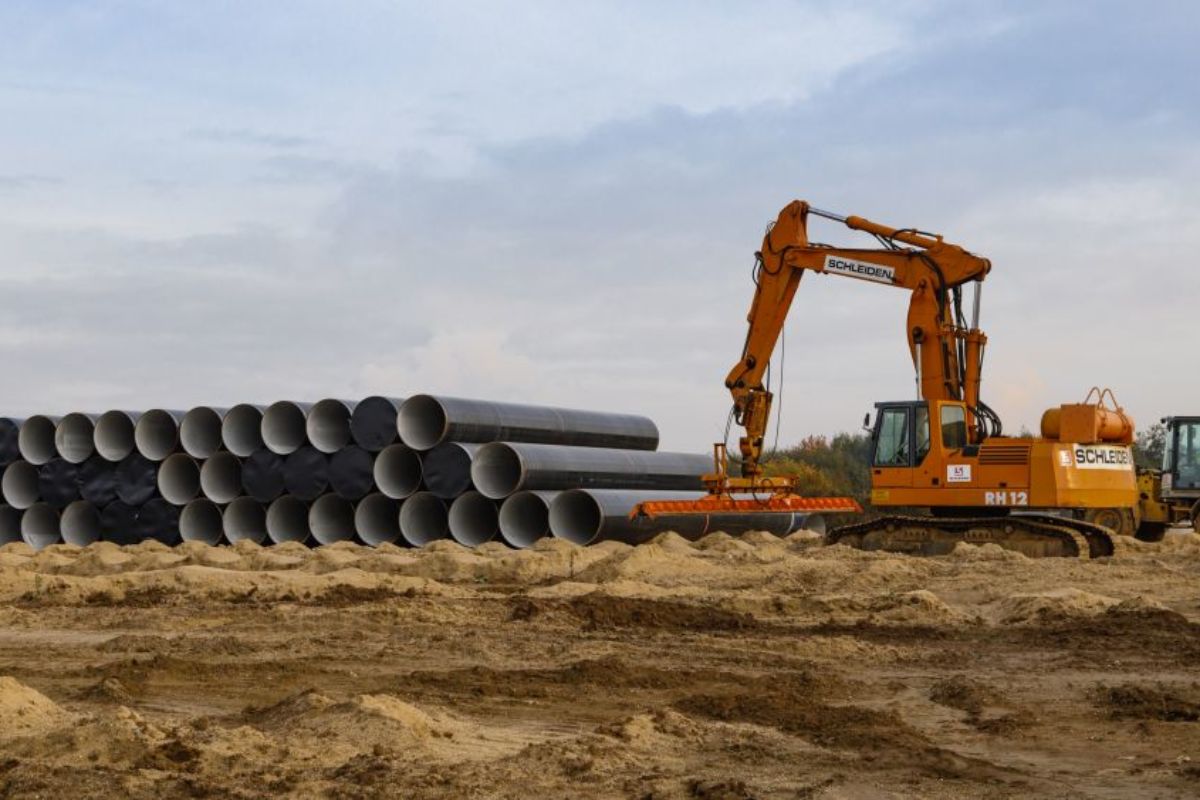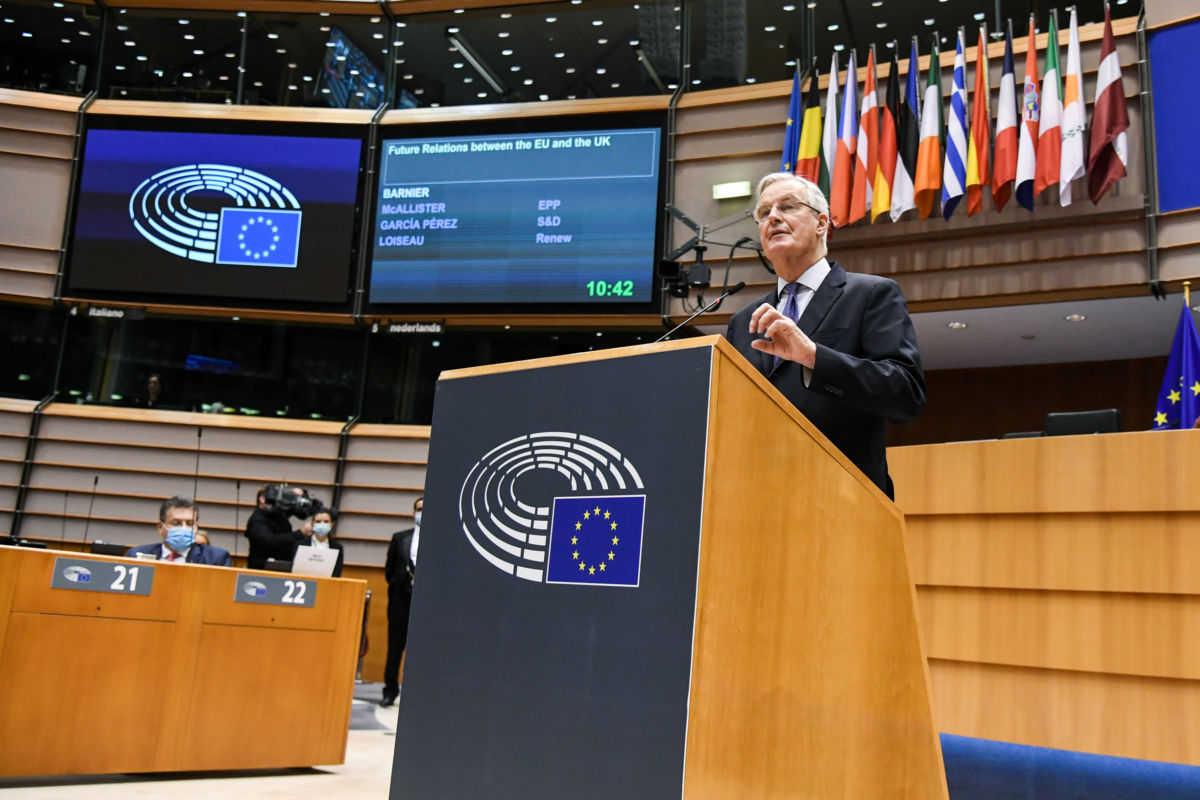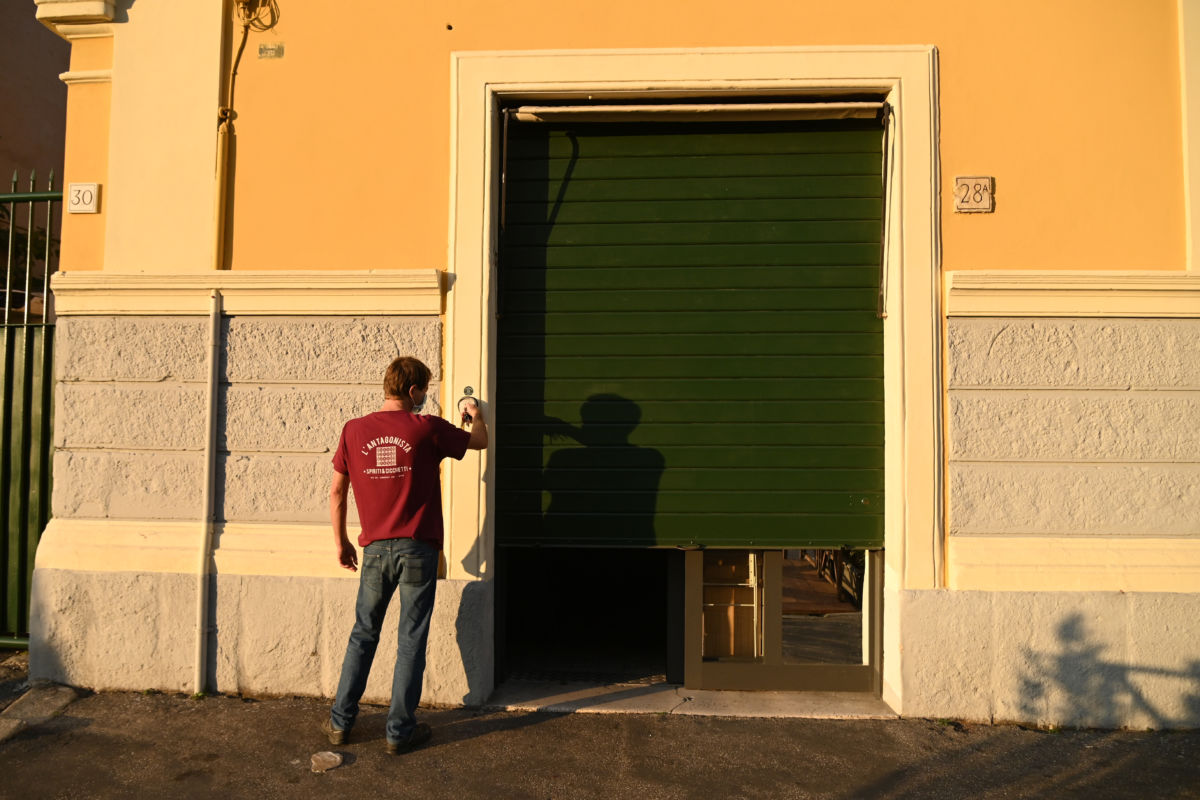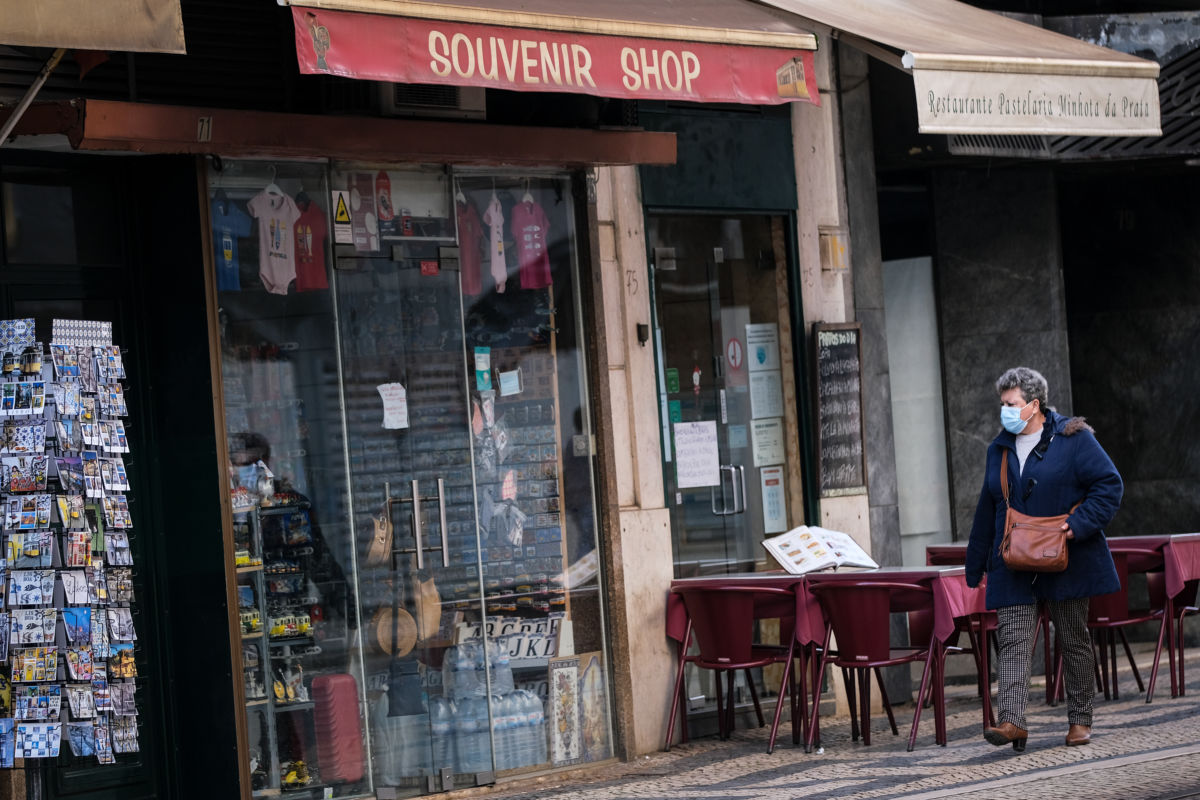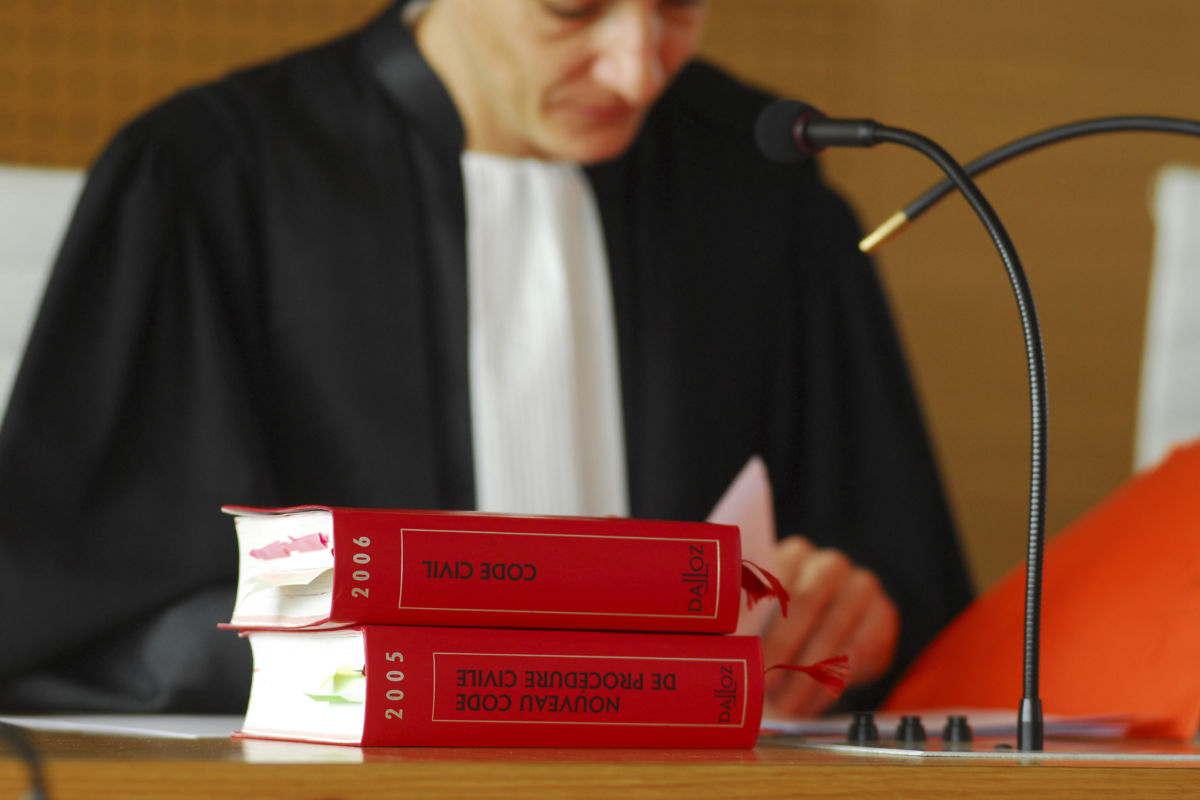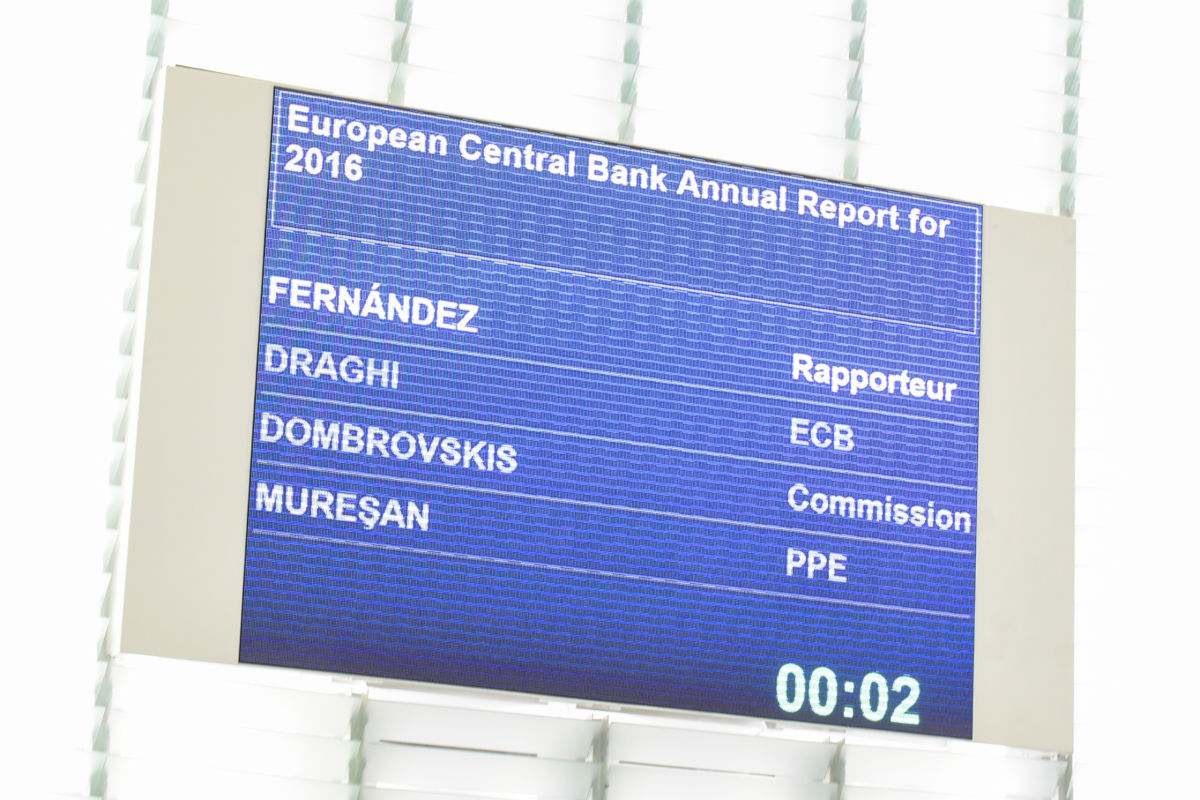Since the first cases of COVID-19 contagion, the European Commission has undertaken several initiatives to offer member states financial support to face the crisis. The last intervention came on April 1st, when Commission President von der Leyen proposed the creation of a temporary Support to mitigate Unemployment Risks in an Emergency (SURE). This new instrument allows for financial assistance of up to €100 billion in the form of loans to member states facing a sudden increase in public expenditure to preserve employment. In the words of the Commission, “the SURE instrument will act as a second line of defence, supporting short-time work schemes (STW) and similar measures, to help Member States protect jobs and thus employees and self-employed against the risk of unemployment and loss of income”.[1]
This new instrument has been presented by the Commission as an operationalisation of the European Unemployment Reinsurance Scheme (EURS)[2] proposal, which was announced in January 2020 and expected to be finalised by the end of this year. While the two instruments share the objective of supporting income stabilisation during major downturns, they target different groups: employers, employees and the self-employed under SURE and the unemployed under EURS. In addition, the core design is different: SURE is a temporary loans-based, not-automatic vehicle; while the EURS is a permanent automatic transfer mechanism.[3]
A key feature of SURE is the focus on short-time work schemes. These are public programmes that allow firms experiencing economic difficulties to temporarily reduce, either partially or totally, the hours worked by employees while providing them with income, also for the hours not worked, using support from the state or other special funds.
As of today, almost all European countries[4] have a national public short-time work scheme in place, although considerable institutional variation exists in terms of coverage, types of income support, level of wage compensation, and financing and procedures for application.
In response to the COVID-19 crisis, most EU member states decided to resort to short-time work schemes. Both Germany and Italy have already allocated €10 billion to reinforce the Kurzarbeitergeld the Cassa integrazione guadagni, respectively. A similar approach has been taken in France and Spain.
However, a prolonged shutdown of all non-essential economic activities may require additional resources to support such schemes. Can SURE really act as a second line of defence by providing substantial relief to national systems? The short answer to the first point is yes, albeit with certain limitations.
Although SURE is not an automatic instrument, its centralised management by the Commission should allow for quasi-immediate support to be given member states experiencing budgetary difficulty implementing national short-time work schemes. In this way, it can provide financial relief.
The proposed SURE covers all EU member states, not just those of the euro area, and it is unconditional; no Memorandum of Understanding needs to be signed by the beneficiary member state. The agreement concerns provisions regarding controls and audits that ensure the financing provided has been properly used to support short-time work schemes. This should obviate any reluctance to apply for financing on the part of governments, and the stigma often associated with conditionality.
Another important feature of SURE is that it explicitly extends coverage to self-employed workers. The number of self-employed workers in the European Union has significantly increased in recent years and in some countries, namely Italy and Spain, they account for more than 15% of the total workforce. Given that in these countries ad hoc measures have been adopted to support self-employed workers, the scope of SURE is significant.
In sum, because money is fungible, SURE is an unconditional loan, potentially large, to member states that have in place short-term work schemes.[5] However, three limitations may reduce its impact: the duration of the loan, the cost of the loan, and the overall size of the loanable funds.
Some member states that enjoy cheap access to financial markets are likely to be able to borrow at a lower cost and at longer maturity than the Commission can do so itself. This is certainly the case for Germany, for which SURE is unlikely to be an attractive option.
By contrast, for member states in a weaker fiscal position, such as Italy and Spain, SURE loans are likely to be cheaper than their own borrowing costs, but the duration of the loan may be an issue. The work schemes to be financed are by definition short term, if the duration of the SURE loans is also short term, and gross financing needs of the beneficiary country may increase rapidly with the negative effects of public debt developments. The current SURE proposal does not mention the duration of the loans but poses a limit of €10 billion on the maximum amounts that the European Union can pay in a given year in relation to such loans.
Lastly, size also matters. A protracted lockdown in Italy, Spain and France and an increasing number of member states applying for the scheme may quickly exhaust the available funds. Of course, member states could agree to increase their guarantee beyond the €25 billion and increase the overall size of the instrument. Beyond the maximum amount, the current proposal includes a provision on the concentration of loans and states such that the three member states representing the largest share of loans granted must not exceed 60%. This means that if Italy, Spain and France were to apply, the maximum total amount they would receive would be €60 billion. In principle, Italy’s share would still be higher than the €10 billion the government has currently allocated for such a scheme. For these reasons, SURE can help to support the member states most hit by the crisis, but its impact may be limited to the short term. National public debt will continue to increase, and may do so abruptly once the support comes to an end.
[1] See https://ec.europa.eu/info/sites/info/files/economy-finance/sure_regulation.pdf
[2] A European Unemployment Reinsurance Scheme is a variant of the European Unemployment Benefit Scheme. For more details, see CEPS study https://www.ceps.eu/ceps-publications/feasibility-and-added-value-european-unemployment-benefits-scheme/
[3] Other commentators have drawn a parallel between SURE and the European Financial Stability Mechanism (EFSM). Also, in this case, while the two instruments share the same legal basis (Art. 122(2) TFEU) and both consist of loans, access to financial assistance under the EFSM is subject to strict conditionality, which is not the case for the SURE.
[4] Cyprus, Estonia, Greece, Malta and Sweden do not have any public STW scheme.
[5] For the time being, no minimum requirements for the schemes are envisaged.
Cinzia Alcidi is Head of the Economic Policy Unit at the CEPS and LUISS- School of European Political Economy-research fellow. Francesco Corti is a post-doctoral fellow at University of Milan and currently visiting fellow at CEPS in the Jobs and Skills unit.









